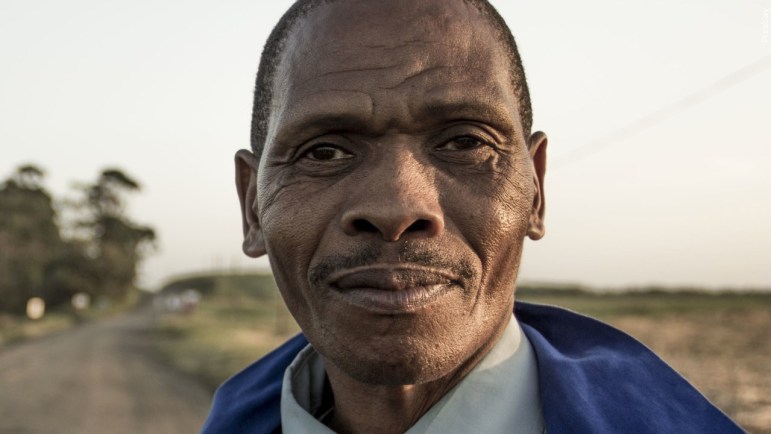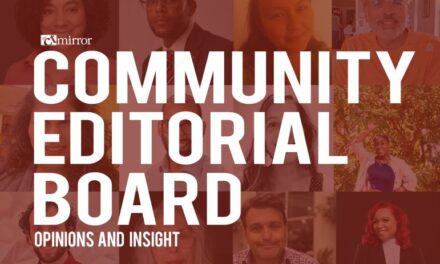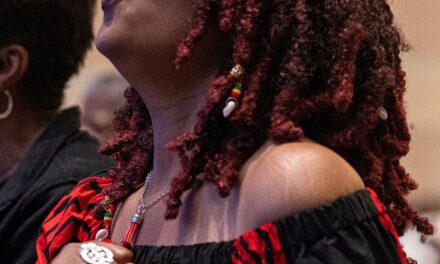The lifespan of the average American is declining. And although the downward trend is impacting people of all races, Black people continue to face steeper declines and live considerably shorter lives than Whites and Asians.
Though the wave of COVID deaths accelerated the downward trend from 2019 to 2021, the decline in life expectancy from 2014 to 2017 ignited concern that far predates the pandemic. For decades, Americans enjoyed general increases in life expectancy. But now public health experts are tracking ongoing trends that continue to shave off years from American lives.
The Centers for Disease Control (CDC) data, based on deaths through 2021, places projected life expectancy at birth for Whites at 76.4 years. For Blacks that figure is 70.8. Analyzing the data in the context of gender reveals a more complicated story: life expectancy for Black women is 74.8, and 66.7 for Black men.
Even in Minnesota, where life expectancy is the third-longest in the nation, Black Minnesotans don’t enjoy the same projected outcomes as White residents in the state.
“Minnesotans of color, Native American elders, certainly do not fare as well as White older adults in terms of life expectancy,” said Kari Benson, director of the Minnesota Department of Health Services Aging and Adult Services Division.
– ADVERTISEMENT –
Rise in ‘deaths of despair’
The decline in life expectancy is due both to the loss of life across young and middle-aged populations and to chronic conditions in older adults that chip away at lifespans in later years. In some cases, the same tragedies commanding national attention that claim young lives — drug overdoses and suicides, which have been deemed “deaths of despair” by Princeton economists—are affecting older adults.
“In terms of suicide we do see that it is really impacting older adult males,” Benson said. “It’s alarming.”
The suicide rate for Black Americans increased by 19 percent between 2018 and 2021. In that same time period, the suicide rate for White Americans fell by 3.9 percent. For adults over 75, White men have the highest suicide rates compared to other groups. Nationally, older adults make up 12 percent of the population, but 18 percent of suicides. Risk factors include social isolation, loss of independence, and illness.
Black Americans face challenging odds from two directions when it comes to mental health. On one hand, there’s exposure to stress—inequality, discrimination, and trauma can exacerbate mental health concerns. On the flip side, barriers to mental health care include socioeconomic and healthcare disparities and a lack of Black psychologists, psychiatrists, and other providers.
Some people resort to using substances to deal with mental health disorders. In one 2015 study involving people in treatment for prescription opioid dependency, over 94 percent of participants reported using opioids to self-medicate negative affective states like anxiety, depression and anger.
– ADVERTISEMENT –
Alley Carey, director of programs with the Steve Rummler HOPE Network spoke with the MSR earlier this year about the disparate impact of opioid use on Black communities.
“African American or Black residents in our state face three times the risk of fatal overdose deaths that White Minnesotans do,” Carey said. That’s despite the fact that research shows “the actual use of these types of substances is really pretty level across demographic groups,” she added.
Racial disparities in health
In Minnesota, substance abuse is a growing problem for older adults. “As the baby boomer generation ages. We are seeing more and more substance use and potential substance misuse or abuse,” Benson said.
Management of illness and injury through medication could be at least partially responsible for the rise. “As older adults experience chronic conditions, experience falls and the injuries that result, they often are prescribed opioids and do suffer from the same potential to get addicted to those pain medications,” Benson said. “We definitely are seeing an increase in situations of overdose and addiction to opioids as well.”
Another key contributor to the downward trend in life expectancy and associated racial disparities is the devastating impact of chronic conditions.
– ADVERTISEMENT –
Social determinants of health across a lifespan, including access to good nutrition, quality health care, housing, and education, as well as economic stability influence a person’s susceptibility to chronic conditions like heart disease, cancer, and diabetes.
“It really is about the structural racism built into really every aspect of our society. And I think in Minnesota, we exhibit and experience pretty significant disparities because of systemic restrictions and the inability to access those aspects of life.”
Chronic conditions can also hasten the loss of independence and reduce the quality of life in aging populations. Unlike other parts of the country, Minnesota tops many other states in the support and services offered to help older adults remain healthy and independent.
The Minnesota Board on Aging supports family and friend caregivers by providing skills classes, grants, and consulting to people regularly caring for aging adults. Older adults can also access healthy aging programs including group and individual classes centered around exercise, fall prevention, and managing chronic health conditions through a partnership between the Department of Health and the Minnesota Board on Aging.
Minnesota also boasts one of the highest rates of volunteerism for older adults in the nation. “That means a lot in terms of keeping any one of us, as we grow older, connected to our communities, engaged, feeling that we are making meaningful contributions to our communities,” Benson said.
– ADVERTISEMENT –
“Research shows that has a huge impact on rates of depression, rates of suicide, overall physical health, and that is really something to lift up, that Minnesota continues to do well.”
Support Black local news
Help amplify Black voices by donating to the MSR. Your contribution enables critical coverage of issues affecting the community and empowers authentic storytelling.





